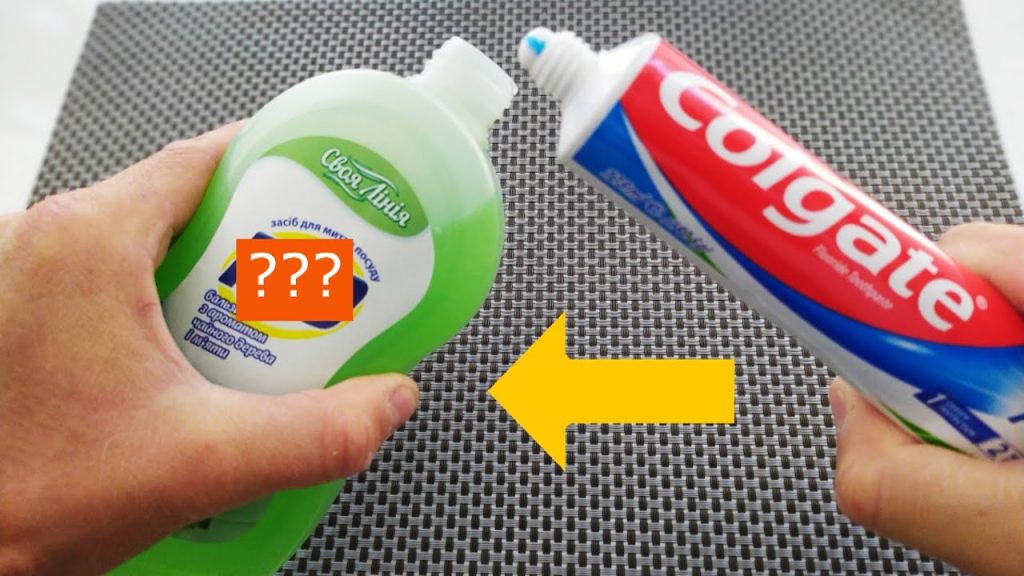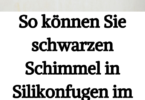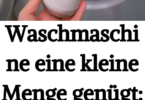
The idea of mixing dishwashing detergent with toothpaste may seem bizarre and unconventional at first glance. However, the outcome of such a peculiar combination might surprise many. While it may seem counterintuitive to blend two cleaning agents meant for different purposes, the chemical reactions and properties of these substances can lead to unexpected results. In this essay, we will explore the potential outcomes and effects of mixing dishwashing detergent with toothpaste.
To begin with, both dishwashing detergent and toothpaste are designed to clean surfaces but serve different functions. Dishwashing detergent is formulated to cut through grease and grime on dishes, while toothpaste is meant for oral hygiene, focusing on removing plaque and stains from teeth. Despite their distinct purposes, both products contain surfactants and abrasive agents that contribute to their cleaning abilities.
When combined, dishwashing detergent and toothpaste create a unique mixture with the potential to enhance cleaning effectiveness. The surfactants present in both substances can work together to break down oils and stains effectively. Additionally, the abrasive components in toothpaste could provide extra scrubbing power, complementing the degreasing properties of the dishwashing detergent.
One possible outcome of mixing dishwashing detergent with toothpaste is a powerful cleaning solution suitable for various household tasks. The combination could be particularly useful for tackling tough stains on surfaces like countertops, tiles, or even clothing. The abrasive nature of toothpaste, when combined with the grease-cutting ability of dishwashing detergent, could result in a potent cleaner capable of removing stubborn marks and grime.
Moreover, the mixture may also prove beneficial for cleaning and whitening purposes. Toothpaste often contains whitening agents such as baking soda or hydrogen peroxide, which can help lift stains and brighten surfaces. When combined with dishwashing detergent, these whitening properties could be amplified, leading to noticeably cleaner and brighter results, especially on surfaces like grout or ceramic tiles.
Another potential effect of mixing dishwashing detergent with toothpaste is the creation of a foamy and bubbly solution. Both products have the tendency to produce suds when agitated with water due to the presence of surfactants. Therefore, combining them could result in a heightened foaming action, which could be advantageous for certain cleaning tasks, such as washing dishes or cleaning bathroom surfaces.
However, it is essential to exercise caution when experimenting with unconventional cleaning mixtures. While mixing dishwashing detergent with toothpaste may yield positive results in some cases, it could also have adverse effects if not done properly. For instance, certain combinations of ingredients could be too abrasive for delicate surfaces, leading to scratches or damage.
Furthermore, the chemicals present in both dishwashing detergent and toothpaste may not always react well together, potentially producing harmful fumes or residues. It is crucial to read and understand the ingredients list of each product before attempting any mixing. Additionally, testing the mixture on a small, inconspicuous area first is advisable to ensure compatibility and safety.
In conclusion, the idea of mixing dishwashing detergent with toothpaste may seem unconventional, but it holds the potential for surprising cleaning results. The combination of surfactants, abrasives, and other active ingredients in both products can lead to enhanced cleaning effectiveness and versatility. However, it is essential to approach such experiments with caution and to be mindful of potential risks and safety considerations. With proper understanding and experimentation, this unusual mixture could prove to be a valuable addition to the arsenal of household cleaning solutions.






